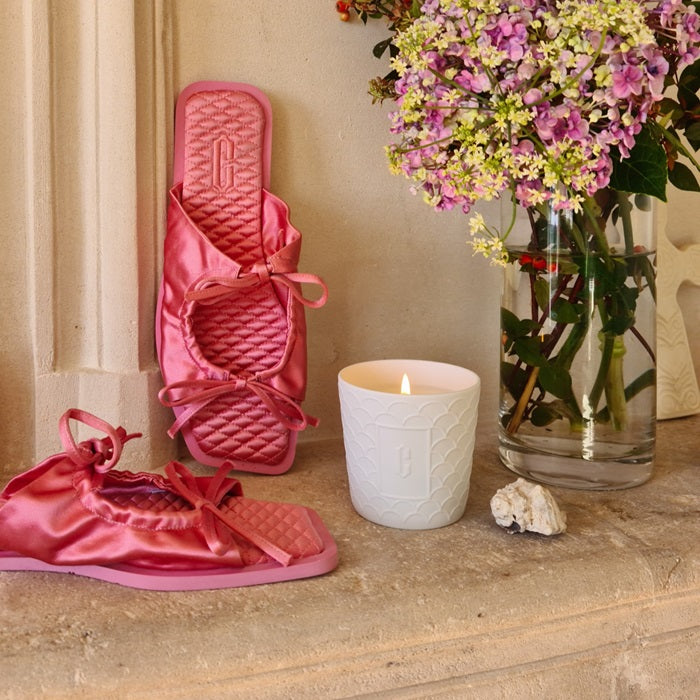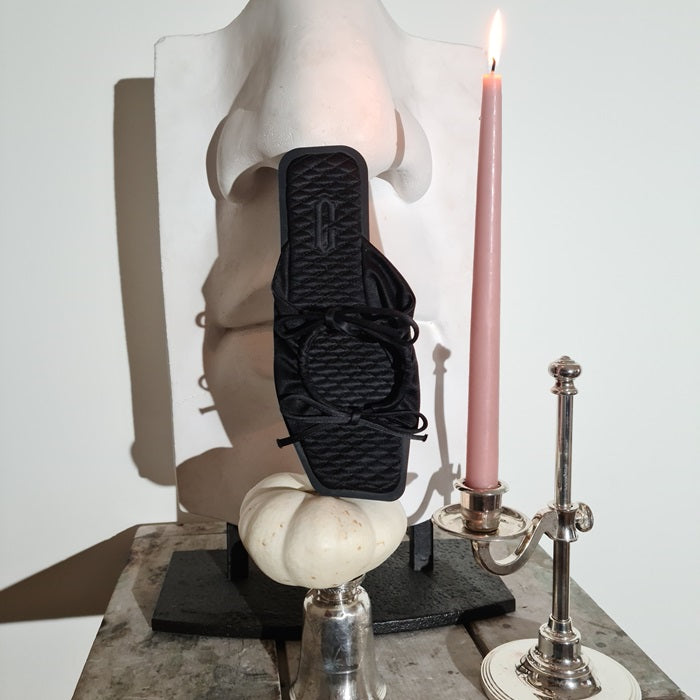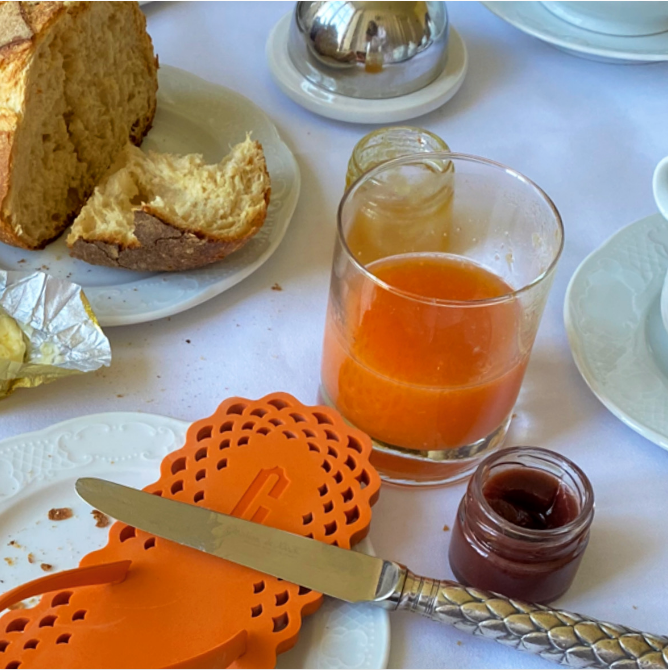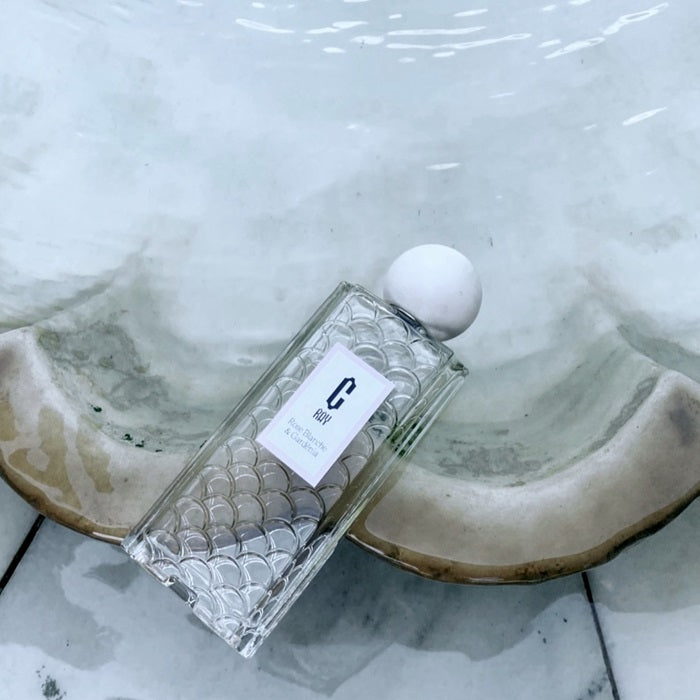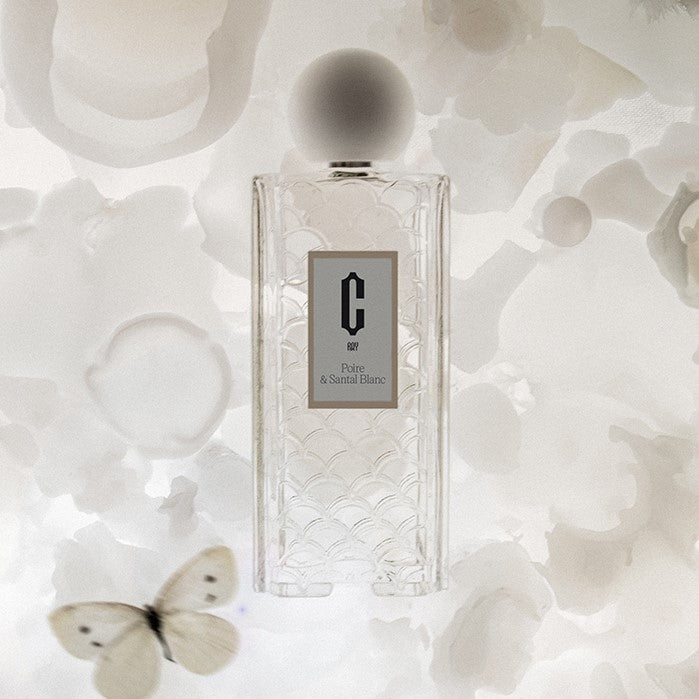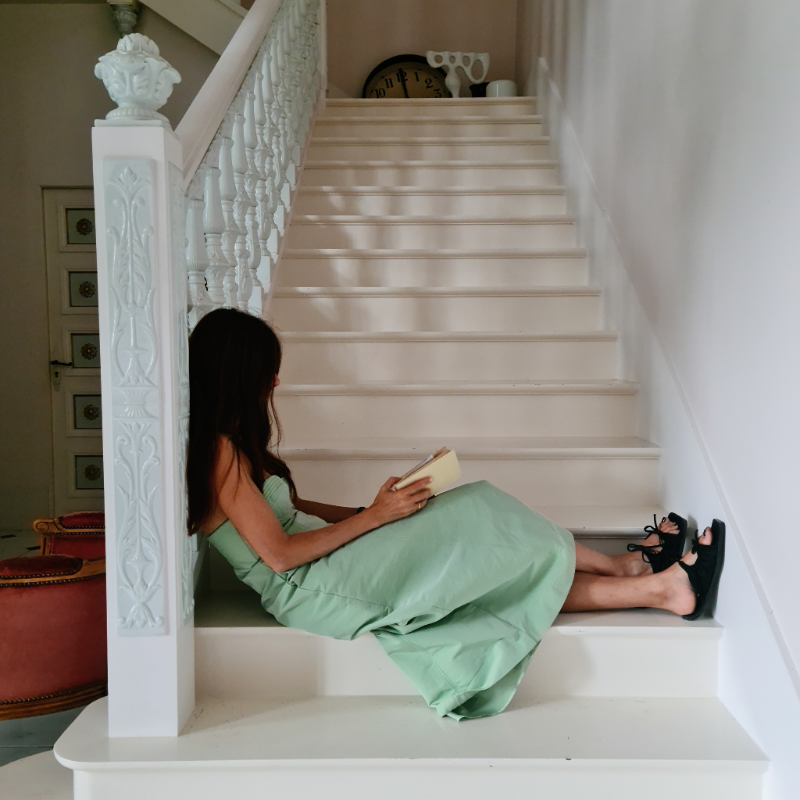

Top notes, heart notes, base notes
Fragrances

Are you thinking of buying yourself, or someone else, a perfume for the holidays, but don't know how to choose ? Are you wondering why a perfume smells different at different times of the day? If you’re vaguely familiar with the expressions “top notes”, “heart notes” and “base notes” but want to learn more, Jean Michel Duriez, the ‘nose’ of Carlotha Ray's in-house perfume, is here to make sense of it all!
One fragrance, 3 types of ‘volatility’
“That which makes a fragrance create a trail, enchant us and captivate those around us is its ability to escape the skin and fill the air. A fragrance without this volatility would be pointless, because no one would be able to smell it” explains Jean Michel Duriez.
Indeed, like a true composer, the perfumer's role is to bring these volatile notes together in a single blend to create a perfect harmony.
It was the perfume genius Jean Carles who, in the 20th century,
invented this pitch-perfect composition, now used throughout the perfume world. How did he do it? By dividing the evaporation of a fragrance into 3 stages:
Stage 1: Top notes set the tone
This is the first contact we have with the fragrance, the first notes that reveal themselves and jump out at you as soon as they land on the skin. This is where the fragrance’s molecules are the most volatile. As such, these notes generally disappear after a few minutes. Some examples of top notes are citrus, fresh fruit and aromatic herbs.
Step 2: Heart notes play the long game
These are the notes that arrive just after the top notes. They stay on the skin for longer, captivating you for hours. They escape more slowly, so are are less volatile than the top notes. It's during this stage that the fragrance reveals its roundness, softness and comfort. Heart notes are generally flowers, spices or woody nuances.
Stage 3: Base notes stay on the skin
Base notes come last and can last all day on the skin. They are more persistent and give depth to the composition. They are the soul, the signature of the fragrance. They often include elements such as wood, vanilla and leather.


A near-perfect equation
Based on his own experience, Jean Carles observed that an ideal fragrance should be composed of 20% top notes, 25% hear notes and 55% base notes. These three figures, when stacked, mark the birth of the olfactory pyramid!
“Today's methods have diversified, but we still take into account the volatility of raw materials to build fragrances that flow harmoniously throughout the day” explains Jean-Michel Duriez.
On that note - or those notes - Carlotha Ray fragrances are composed of sophisticated accords and incredible olfactory dimensions that give long-lasting hold and ‘sillage’ (how a perfume diffuses in the air around you).
As you can see, a fragrance is not a perfect equation, but a unique sensory experience that evolves throughout the day.
To find out more about Carlotha Ray fragrances, visit our Conscious Fragrances webpage.
More articles
We take you behind the scenes of the production of the Limoges porcelain tumbler.
Do you know the difference between upcycling and recycling?
Top notes, heart notes, base notes... we explain it all!
Six must-try addresses, tested and approved by our designer.
Carlotha Ray uses only natural pigments derived from vegetable and organic materials.
Would you like to design your own accords?
Our designer shares her style tips for wearing the collection’s flagship model.

